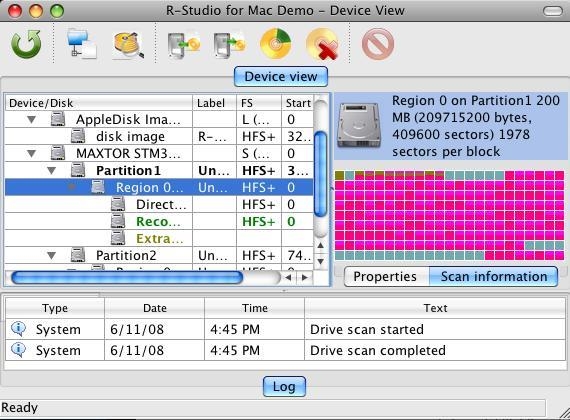
RHadoop is a collection of three R packages that allow users to manage and analyze data with Hadoop.

Revolution Analytics released RHadoop allowing integration of R and Hadoop. Data analysts can then perform complex modeling exercises on a subset of prepared data in R. R and Hadoop The most common way to link R and Hadoop is to use HDFS (potentially managed by Hive or HBase) as the long-term store for all data, and use MapReduce jobs (potentially submitted from Hive, Pig, or Oozie) to encode, enrich, and sample data sets from HDFS into R. Both map/reduce and the distributed file system are designed so that node failures are automatically handled by the framework. In addition, it provides a distributed file system that stores data on the compute nodes, providing very high aggregate bandwidth across the cluster. Hadoop implements a computational paradigm named map/reduce, where the application is divided into many small fragments of work, each of which may be executed or re-executed on any node in the cluster. The Hadoop framework transparently provides applications both reliability and data motion. It supports the running of applications on large clusters of commodity hardware.
#Rstudio mac network drive software
Hadoop Apache Hadoop is an open-source software framework that supports data-intensive distributed applications, licensed under the Apache v2 license. I thought it would be useful to self-taught enthusiasts like me if I lay out the steps in a comprehensive manner, since I have spent some time dealing with the quirks in the process. I did manage to clear these hurdles and went on to installing R and RStudio along with RHadoop packages. Although there are solutions, the resources are scattered and obscure. I came across different hurdles when it came to addition of VirtualBox Guest Additions, which is intended to spruce up the virtual machine by offering such features as a shared folder with the host OS.

#Rstudio mac network drive free
Most of the trouble started after a hassle free installation of VirtualBox and creation of the cloudera's demo VM. VirtualBox offers an open-source alternative and thenceforth, I chose this. I know most of the people including me like to hear the words open-source and free, especially when it is a smooth ride. One downside to using VMware is that it's not free. However, this tutorial describes the implementation using VMware's application. I was inspired by Revolution's blog and step-by-step tutorial from Jeffrey Breen on the set up of a local virtual instance of Hadoop with R.


 0 kommentar(er)
0 kommentar(er)
